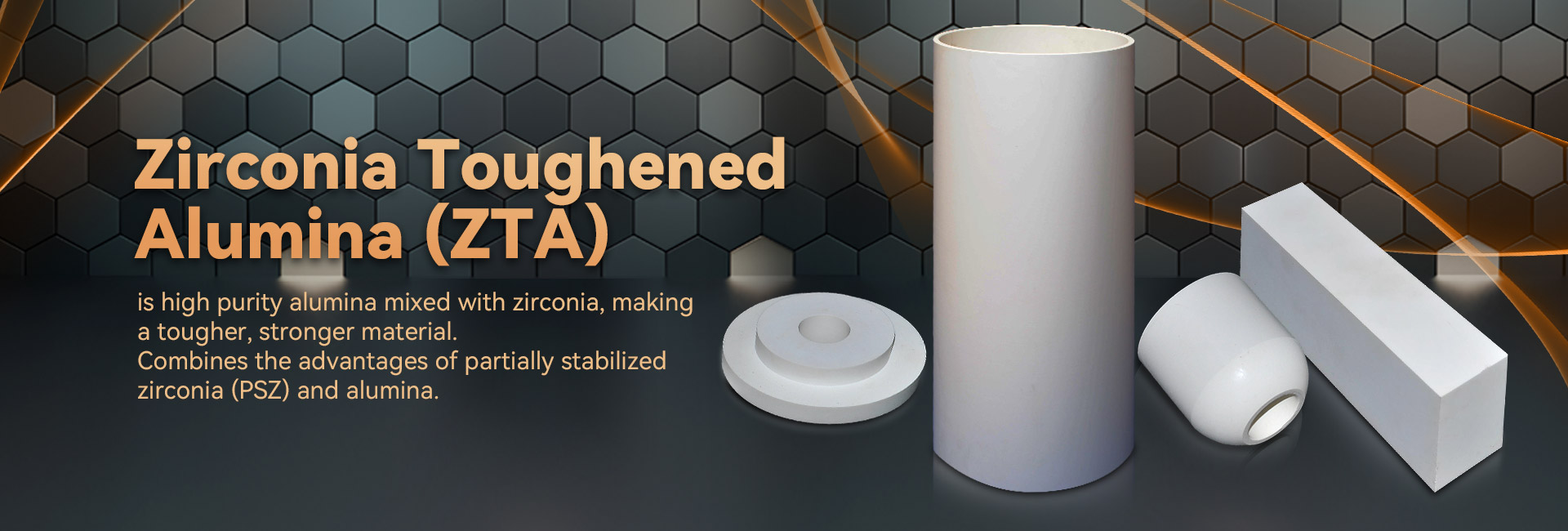
Precise ceramic manifest unmatched physical characteristics, enabling them preferable for a broad variety of implementations. Originating from flight and cars to gadgets, these components are incessantly progressing to comply with the required standards of a leading-edge industry.
- Their hardness and resistance to critical thermal states make them fundamental for advanced apparatus.
- Also, technical ceramics supply edges in terms of lightweighting, aiding the progress of cutting-edge technologies.
Manufacturing Materials: Engineered for Enhanced Capability
Manufactured ceramics excel in challenging operations due to their unique facets. Built from specially chosen raw substances and exposed to strict processing systems, these modern elements demonstrate superior durability, deterioration resistance, and endurance to intense thermal conditions, deterioration, and scraping. From aeronautics elements to shaping tools, industrial ceramics furnish unmatched capability across various industries. Their elasticity allows resisting rugged states, ensuring durability and dependability. As technology progresses, the demand for quality components grows, cementing the pivotal position of industrial ceramics in shaping a more resilient prospect.
State-of-the-Art Ceramics: Extending Substrate Frontiers
Structures, possessing outstanding rigidity and endurance, are encountering a upheaval. Sophisticated ceramics, constructed with refined control over their constitutions and internal architecture, transcending the constraints of the total of feasible. These structures demonstrate a diverse assortment of qualities, considering them fit for rigorous realms such as astronautics, medical domain, and sustainable power. From lightweight parts that can endure extreme heat to body-friendly implants that fuse fast with the physical form, advanced ceramics are redefining our reality.
Precise Ceramic Fabrication: Achieving Rigorous Demands
High-tech ceramic fabrication has matured dramatically in recent times, providing the assembly of intricate and highly workable ceramic elements. These units are important across a multifaceted range of arenas, including outer space, biological, and electrical domains. Catering to the demanding parameters for these deployments calls for accurate fabrication techniques that provide for dimensional correctness, surface finish, and material attributes. Cutting-edge ceramic fabrication processes employ several methods, including slip casting, injection molding, and additive manufacturing. These procedures make possible the assembly of fine shapes and delicate elements with supreme constancy. Additionally, advances in material research have resulted in new ceramic mixes endowed with boosted peculiarities. These compounds maintain increased fortitude, lastingness, and tolerance to demanding thermal conditions, enabling their use in stringent sectors.
The potential for fine ceramic fabrication are considerable. As experiments and refinement carry on, we can count on even more cutting-edge procedures and composites that will additionally push the confines of what is manageable in this domain.
Exceptional Ceramic Compounds for Tough Conditions
Ceramic substances boast extraordinary fortitude and stamina against tough settings, making them recommended for taxing ploys in defense markets. These modern ceramics can tolerate extreme temperature loads, resist oxidation, and hold their efficiency under critical dynamic impacts. Their unique crystalline properties facilitate reliable work in critical placements, including thermal reactors, gas turbines, and reactor cores.
- Ceramic composites
- High-temperature stability
- Optimized lightness
Specialized Ceramics: Synthesizing Hardness and Effectiveness
Blended materials present a effective mix of mechanical strength and distinct specialized features. Through the blending of ceramic particulates within a foundation, these ceramics achieve excellent qualities. This combination results in heightened endurance against high warmth, wearing, and chemical degradation, rendering them ideal for critical deployments in orbital, transportation, and energy places. Furthermore, ceramic composites can be adapted to possess unique properties like electrical conductivity or biocompatibility, increasing their scope across diverse sections.
Microstructural Manipulation in Innovative Ceramics
Attaining specified attributes in cutting-edge ceramics consistently requires scrupulous direction over their grain configuration. Myriad manufacturing elements, including sintering thermal exposure, duration, and atmosphere, alongside the incorporation of dopants or supporting phases, considerably change the layout of grains, open volume, and other microstructural peculiarities. Meticulous tailoring of these settings allows for the enhancement of fortification, rupture tolerance, and warmth conductivity. In particular, lifting the sintering heat intensity can boost grain inflation, thus increasing thickness and improving mechanical sturdiness. Conversely, handling the firing atmosphere may impact the oxidation level of the ceramic, thereby influencing its electrical capacitance or magnetic influences. Perceiving these relationships between microstructure and properties is fundamental for developing advanced ceramics with personalized functionality suitable for broad scenarios.
Friction-Resistant Ceramics: Increasing Longevity
For rigorous workshop domains, where components are forced to constant scoring and breakdown, substances with remarkable wear resistance are essentially essential. Wear-resistant ceramics have arisen as a premier measure, delivering unparalleled strength and performance in numerous realms such as production, mining, and aerospace. These specialized ceramics possess a exclusive internal formation that elevates their capacity to endure abrasion. By applying the essential resilience and substance of ceramic blends, engineers can design sturdy elements capable of surviving the most difficult operating settings.
Bio-Compatible Elements: Purposes in Therapeutics
Non-toxic ceramics have altered the clinical field, providing an array of advantageous peculiarities for extensive roles. These compounds are biologically stable within the organism, minimizing antibody responses and advancing regeneration. A prime application for biocompatible ceramics is in joint prostheses, where their hardness sustains long-lasting stability to damaged organisms.
Besides, they are employed in dental restorations, presenting a resilient and attractive solution for dentures. Ceramics also possess a key task in drug administration, facilitating the specific administration of agents to specific locations within the physiology.
- Additionally, biocompatible ceramics are frequently being analyzed for cellular therapy, serving as a foundation for restoration.
- Therefore, the road ahead of biocompatible ceramics in healthcare looks optimistic, with continual investigations expanding their functions.
Advanced Ceramic Sensors: Supporting Trustworthy Determinations
Precision ceramic instruments have appeared as vital segments across a multifaceted array of realms. These gadgets capitalize on the individual aspects of ceramic precise ceramic structures to deliver highly exact evaluations. Their sturdiness in {demanding|harsh| 